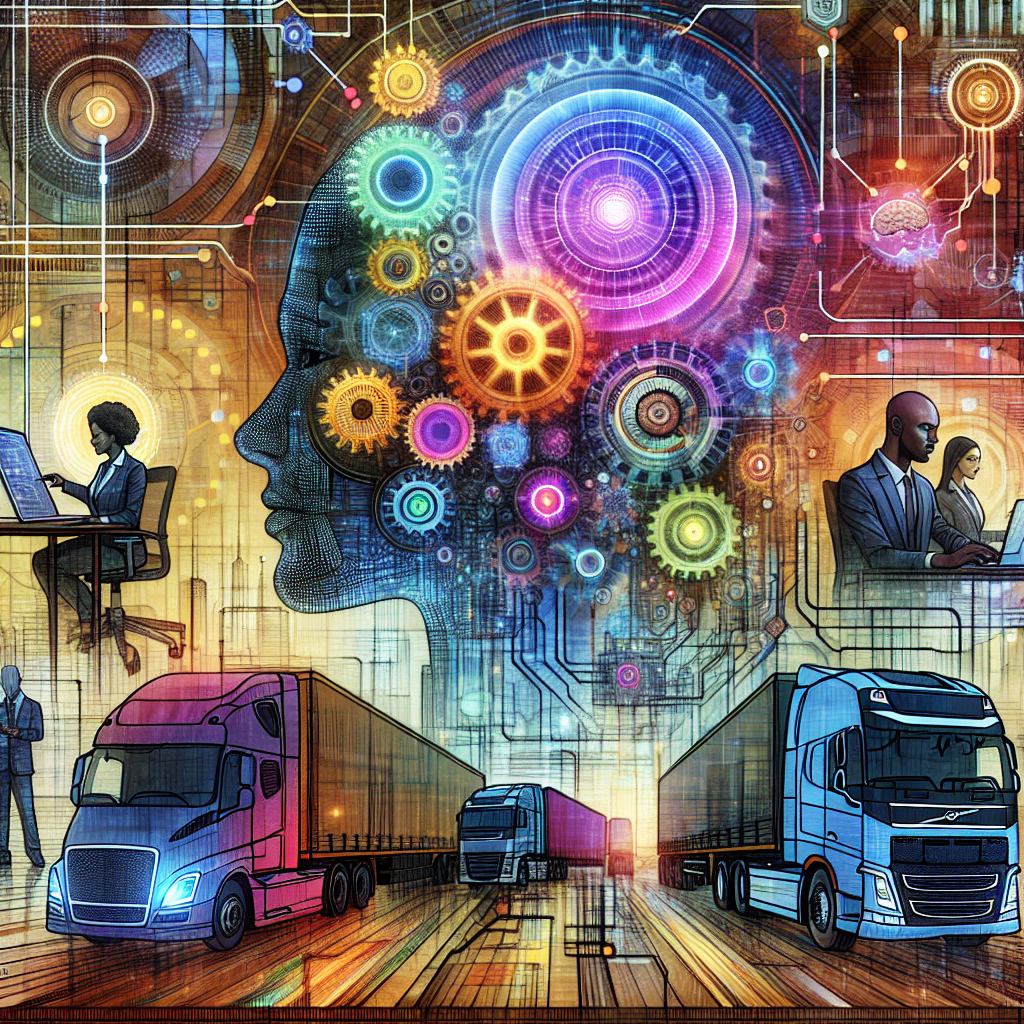Tech giants clash while small businesses watch closely. OpenAI just transformed ChatGPT from conversational assistant to global shopping powerhouse, and the implications run deeper than most realize.
Last week, OpenAI announced the global expansion of ChatGPT’s shopping and research capabilities, making them available to all users across web and mobile platforms. This isn’t a minor feature update. It’s a strategic move that positions ChatGPT as a direct challenger to Google in both search and e-commerce, with search functions now exceeding one billion weekly queries.
As someone who’s spent years helping trucking companies leverage AI to compete with industry giants, I see this development as confirmation of what I’ve been telling clients: AI is rapidly becoming the great equalizer in business competition.
The New AI Commerce Landscape
Powered by GPT-4o, ChatGPT now offers curated product recommendations complete with visuals, pricing, reviews, and direct purchase links across categories from electronics to fashion and home goods. What’s particularly notable is the absence of advertising or affiliate influence in these recommendations.
This creates a fundamentally different shopping experience than what consumers have grown accustomed to with Google or Amazon, where paid placement often influences what products appear first. ChatGPT’s approach prioritizes relevance over revenue, at least for now.
The addition of trending search suggestions, autocomplete, improved citation transparency, and WhatsApp integration for real-time answers creates an ecosystem designed to keep users within ChatGPT’s environment rather than bouncing to traditional search engines.
Strategic AI Implementation vs. Surface-Level Adoption
What we’re witnessing is the difference between strategic AI implementation and surface-level adoption. OpenAI isn’t simply adding features. They’re creating an entirely new interaction model that fundamentally changes how consumers discover and purchase products.
This mirrors what I’ve observed in the trucking recruitment industry. Companies that merely add chatbots to their websites see minimal impact. Those who reimagine their entire recruitment process through AI-native systems experience transformational results.
The most successful trucking companies I work with don’t just use AI tools. They build comprehensive multi-agent systems where specialized AI components work together to create an ecosystem that handles everything from candidate sourcing to engagement to placement.
Personalization and Privacy Tension
OpenAI’s approach to personalization highlights a growing tension in AI applications. While ChatGPT tailors product suggestions based on user preferences, these capabilities are limited in regions with stricter privacy regulations like the EU and UK.
This reflects a broader challenge facing all AI implementations: balancing personalization with privacy. In truck driver recruitment, we navigate this by creating systems that deliver personalized candidate experiences without compromising data security or regulatory compliance.
The solution lies in what I call the Hybrid AI Workforce approach. AI handles data processing and pattern recognition while humans provide oversight and judgment on sensitive matters. This creates a balance that maximizes personalization while maintaining appropriate privacy guardrails.
The Autonomous Workforce Model in Action
ChatGPT’s expanded capabilities demonstrate what I’ve been implementing with trucking clients through our Autonomous Workforce model. The system doesn’t just handle isolated tasks. It orchestrates them across a comprehensive workflow.
When a user searches for products on ChatGPT, multiple specialized components work together. One handles natural language understanding, another manages product data, others handle visual elements and purchasing links. The result feels seamless to the user but involves complex coordination behind the scenes.
This mirrors how our AI recruitment systems operate. Different agents handle sourcing, screening, engagement, and scheduling, all working together to create a fluid candidate experience. The network effect applies here too. Each successful interaction improves the system’s effectiveness for future interactions.
Implications for Small and Mid-Sized Businesses
ChatGPT’s evolution carries significant implications for small and mid-sized businesses across industries. As consumers grow accustomed to AI-powered shopping experiences, they’ll increasingly expect similar convenience from all businesses they interact with.
For trucking companies struggling with driver recruitment, this raises the bar for candidate experience. Drivers will compare their job search experience not just to other trucking companies, but to their consumer interactions with sophisticated AI systems like ChatGPT.
The opportunity lies in leveraging similar AI architectures to create recruitment experiences that match or exceed what candidates experience as consumers. Small and mid-sized trucking operations can implement multi-agent systems that deliver personalized, responsive candidate journeys without requiring massive IT departments.
The Data Advantage
One often overlooked aspect of ChatGPT’s expansion is how it accelerates OpenAI’s data advantage. Every shopping query provides valuable information about consumer preferences and behavior, which feeds back into improving the system.
Smart businesses can create similar virtuous cycles with their own AI implementations. In truck driver recruitment, each candidate interaction generates data that helps refine targeting, messaging, and engagement strategies. Companies that capture and leverage this data gain compounding advantages over competitors.
This is why I emphasize data organization as the foundation for AI recruitment innovation. Without structured, accessible data, even the most sophisticated AI tools will underperform. With proper data architecture, even relatively simple AI implementations can deliver outsized results.
The Path Forward
As ChatGPT continues expanding beyond its original role as a conversational assistant, businesses should watch closely and consider how similar AI architectures might transform their own operations.
For trucking companies facing driver shortages and recruitment challenges, the lesson is clear: AI implementation isn’t about adding isolated tools. It’s about creating integrated systems that transform the entire recruitment lifecycle.
The companies that thrive won’t be those with the biggest budgets, but those who most effectively leverage AI to enhance human capabilities, streamline operations, and deliver exceptional experiences to both candidates and clients.
The AI revolution isn’t coming. It’s here. And as ChatGPT’s evolution demonstrates, it’s moving faster than most businesses realize. The question isn’t whether to adapt, but how quickly you can implement the AI systems that will keep you competitive in this rapidly changing landscape.
